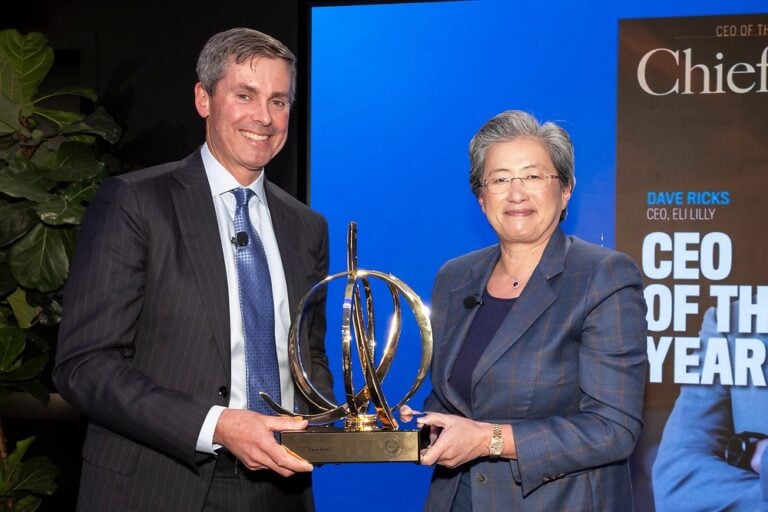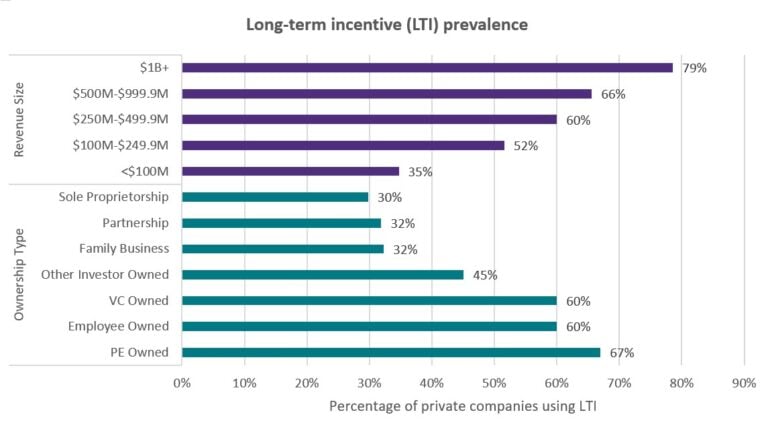
A recent research study identified the ten biggest mistakes companies make when hiring. The study included over 130 companies ranging in size from Fortune 500 to mid-size privately held organizations, a wide variety of industries, and more than 250 job openings.
The number one hiring mistake made was rather surprising and one rarely even considered by most companies. Yet, this one mistake impacts the whole hiring process, including how candidates are sourced, where to find candidates, compensation, performance management, advertising, position title and what questions should be asked during the interview. Everything seems to go sideways all because most companies fail to properly define the real job.
There are two reasons why traditional job descriptions are ineffective as a hiring tool. The first reason is traditional job descriptions describe the minimum qualifications required for the position such as the minimum duties, tasks and responsibilities. Add to that the minimum education required, minimal years of experience, and minimal skills, plus the endless list of behavioral traits: team player, a good communicator, self-motivated and big thinker. Most job descriptions describe the least qualified person, not the real job. This often leads to hiring the least qualified. The harsh reality is, when you define a job in mediocre terms, odds are you will attract and hire mediocre candidates.
The second reason is traditional job descriptions fail to focus on what defines success in this role. If you want to hire successful people, start by defining success, instead of the person. Most people would agree that a person who simply performs the duties and responsibilities outlined in traditional job descriptions would rarely be considered a success. In fact, most candidates would not last long in a company that is growing and outpacing the competition. Just because the person has the experience listed doesn’t mean they can deliver the desired results. Here’s the misnomer: past experiences are a good indicator of future performance. Past experience is actually a poor indicator of performance. Past performance is a better indicator, but the best indicator is their ability to deliver results in your company. After all, you are hiring for your company with your culture, your resources, your systems, your budget, your management style and your company’s values, not for what they did at a past company.
For example, how many times have you heard someone say: “We’re looking for a VP Operations” The reply is, “What are you looking for?” The typical answer is usually, “We need a person with 10 years experience, 5 years in our industry, team leader, strategic thinker, good communications and an MBA is preferred.” This is all about the person and nothing about what defines success in the role or what the person is expected to deliver once they come on board. It is naturally assumed if the person has the experience mentioned, they can deliver the expected results. It is our contention that experience has nothing to do with delivering results. Just because the person was a great VP of Operations at their last company, doesn’t mean they are the right VP of Operations for your company.
Instead of using the traditional job description, consider defining success in the role. Do this by creating a list of success factors. Success factors are simply the results you want this person to deliver, in order for you, the hiring manager, to consider this person a successful hire.
Take the example of a VP Operations, success factors would define exactly what the VP needs to deliver, usually within the next 12 to 18 months to be considered an outstanding hire.
For example, the success factors would read:
Continue developing these success factors until there are 5 or 6 which clearly define what is expected of the candidate once they come on board.
Now when asked the question “What are you looking for?” The answer is, “We need someone who can improve on time deliveries to 96%, can implement a vendor qualifications program and consolidate operations with at least a 15% cost savings.” Instead of defining experience, start defining success in this role.
Now, find a person that can accomplish these success factors. When that happens, this person will have the right experience. It might be 5 years of experience, it could be 10 years of experience; it really doesn’t matter, as long as they can deliver the results.
Using the success factors as a hiring guide sets the stage for a successful hire. Instead of the traditional job description, the success factors clearly define expectations and let candidates know what is expected of them once they come on board. The success factors define success in the role, not minimum qualifications. After all, isn’t that what you really want to hire?



0

1:00 - 5:00 pm
Over 70% of Executives Surveyed Agree: Many Strategic Planning Efforts Lack Systematic Approach Tips for Enhancing Your Strategic Planning Process
Executives expressed frustration with their current strategic planning process. Issues include:
Steve Rutan and Denise Harrison have put together an afternoon workshop that will provide the tools you need to address these concerns. They have worked with hundreds of executives to develop a systematic approach that will enable your team to make better decisions during strategic planning. Steve and Denise will walk you through exercises for prioritizing your lists and steps that will reset and reinvigorate your process. This will be a hands-on workshop that will enable you to think about your business as you use the tools that are being presented. If you are ready for a Strategic Planning tune-up, select this workshop in your registration form. The additional fee of $695 will be added to your total.

2:00 - 5:00 pm
Female leaders face the same issues all leaders do, but they often face additional challenges too. In this peer session, we will facilitate a discussion of best practices and how to overcome common barriers to help women leaders be more effective within and outside their organizations.
Limited space available.

10:30 - 5:00 pm
General’s Retreat at Hermitage Golf Course
Sponsored by UBS
General’s Retreat, built in 1986 with architect Gary Roger Baird, has been voted the “Best Golf Course in Nashville” and is a “must play” when visiting the Nashville, Tennessee area. With the beautiful setting along the Cumberland River, golfers of all capabilities will thoroughly enjoy the golf, scenery and hospitality.
The golf outing fee includes transportation to and from the hotel, greens/cart fees, use of practice facilities, and boxed lunch. The bus will leave the hotel at 10:30 am for a noon shotgun start and return to the hotel after the cocktail reception following the completion of the round.